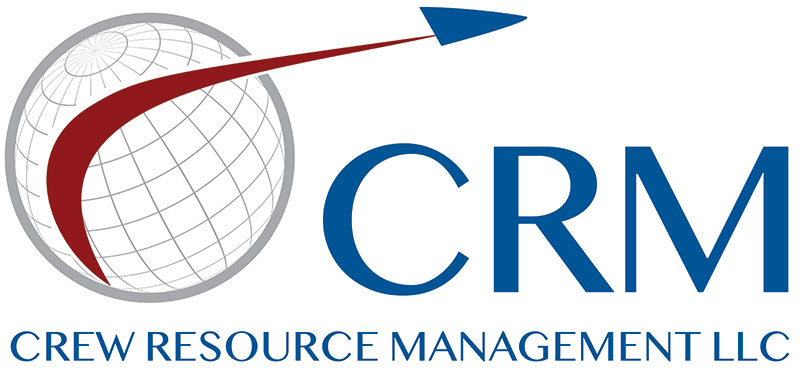“Thinking” as an Antidote to Complacency…
 Threat and Error Management is the cornerstone of Crew Resource Management. So much so that it is the only training element that the new Transport Canada Contemporary CRM guide (Transport Canada AC 700-042) will require it to be presented annually as opposed to the other training elements which are required every other year after initial training has been completed. This is the first of a series of posts on Threat and Error Management.
Threat and Error Management is the cornerstone of Crew Resource Management. So much so that it is the only training element that the new Transport Canada Contemporary CRM guide (Transport Canada AC 700-042) will require it to be presented annually as opposed to the other training elements which are required every other year after initial training has been completed. This is the first of a series of posts on Threat and Error Management.
The ideal outcome of effective Threat and Error Management is to never get to the “Error Management” portion of the concept, if at all possible. Although everythreat cannot be identified and mitigated in advance, if we maintain a vigilant watch for the most likely and the most impactful threats, we can significantly reduce the chances of reaching an undesired aircraft state.
Let us start with “Expected Threats”: These are threats that can be anticipated in advance, such as possible wind shear, bird activity, high density altitude or obstacles that require special engine out procedures and so on. Expected threats and their mitigations should be discussed before the event that prompts them and by “discussed,” we do not suggest a monologue. One of the foundational assumptions of CREW Resource Management is that every person that is a part of the flight operations team has life experiences that the others do not. The briefer should encourage a dialogue and elicit the other crew members’ participation as appropriate. 
 And don’t forget, its not just about the pilot stuff. What about briefing the flight attendant(s)? S/he may have concerns that need to be considered – for example, a passenger with a known health condition: this could be a threat that requires the crew to be more vigilant about medical emergency procedures, including a constant watch on potential divert fields, should the need arise. What about dangerous goods? A discussion with the loader about the location, packaging and coding of the DGs would be a valuable threat consideration.
And don’t forget, its not just about the pilot stuff. What about briefing the flight attendant(s)? S/he may have concerns that need to be considered – for example, a passenger with a known health condition: this could be a threat that requires the crew to be more vigilant about medical emergency procedures, including a constant watch on potential divert fields, should the need arise. What about dangerous goods? A discussion with the loader about the location, packaging and coding of the DGs would be a valuable threat consideration.
For each specific flight, always consider the most likely threat (e.g. numerous birds reported in the vicinity of the departure end of the runway) and the most impactful threat (e.g. engine failure at V1 at heavy weight). Talk about it. Be specific. If there is a way to eliminate the threat, do it. Articulate your “bottom line” (e.g. “Because we are at max gross takeoff weight with gusty conditions, if there are any reports of wind speed deviations of +/- 5 knots or more, we’ll wait until the system passes to takeoff…”) and have a plan in place in the event that the threat does come to fruition.
 So think about Threat Management every time you fly and at every stage of flight
So think about Threat Management every time you fly and at every stage of flight . Thinking is an antidote to complacency, and the Threat and Error Management process causes us to think. Indeed, it forces us to think! We must all use our collective noggins and consider the, “what ifs” constantly. If your attitude is, “the company doesn’t pay me to think,” you have just made the choice to become a Bus Driver versus a Professional Aviator. The choice really is ours…our fellow pilots and employers deserve the latter.
. Thinking is an antidote to complacency, and the Threat and Error Management process causes us to think. Indeed, it forces us to think! We must all use our collective noggins and consider the, “what ifs” constantly. If your attitude is, “the company doesn’t pay me to think,” you have just made the choice to become a Bus Driver versus a Professional Aviator. The choice really is ours…our fellow pilots and employers deserve the latter.
Next up… Unexpected Threats

